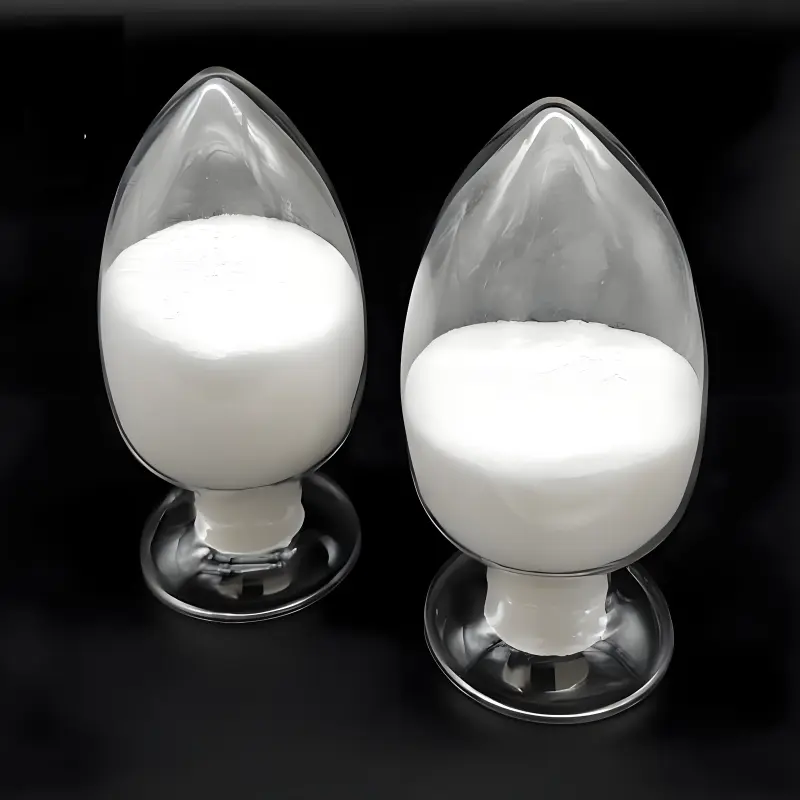-
Categories
-
Pharmaceutical Intermediates
-
Active Pharmaceutical Ingredients
-
Food Additives
- Industrial Coatings
- Agrochemicals
- Dyes and Pigments
- Surfactant
- Flavors and Fragrances
- Chemical Reagents
- Catalyst and Auxiliary
- Natural Products
- Inorganic Chemistry
-
Organic Chemistry
-
Biochemical Engineering
- Analytical Chemistry
-
Cosmetic Ingredient
- Water Treatment Chemical
-
Pharmaceutical Intermediates
Promotion
ECHEMI Mall
Wholesale
Weekly Price
Exhibition
News
-
Trade Service
Triptorelin is a synthetic hormone that is used in the treatment of various types of cancer, including prostate cancer and gastrointestinal stromal tumors.
It is produced through a multi-step process that involves the synthesis of several intermediate compounds.
The production process of Triptorelin can be broken down into the following steps:
- Raw Material Preparation: The production of Triptorelin begins with the preparation of raw materials, which include several chemicals such as anhydrous aluminum chloride, sodium sulfate, and hydrochloric acid.
- Chlorination: The next step involves the chlorination of cycloheptene, which is a raw material used in the production of Triptorelin.
This is done by reacting cycloheptene with chlorine gas in the presence of a Lewis acid catalyst. - Condensation: The product from the previous step is then subjected to condensation reactions, which involve the joining of two molecules to form a larger molecule.
This step involves the condensation of cycloheptene with several other chemicals, including methyl iodide and dimethyl sulfate. - Reductive Amination: The next step in the production of Triptorelin involves the reductive amination of the product from the previous step.
This is done by reacting the product with ammonia and sodium cyanide in the presence of a reducing agent such as zinc amalgam. - Deprotection: The final step in the production of Triptorelin involves the deprotection of the intermediate compound, which involves the removal of protecting groups to expose the active site of the molecule.
This step is crucial as it allows the molecule to be further processed into its final form. - Purification: After the deprotection step, the product is purified to remove any impurities that may have been introduced during the previous steps.
This step is critical as it ensures the final product is free from contaminants and meets the required purity standards. - Formulation: The final step in the production of Triptorelin involves the formulation of the drug into the desired dosage form, such as tablets, capsules, or injections.
This step is important as it allows the drug to be delivered to the patient in a safe and effective manner.
In conclusion, the production of Triptorelin involves several multi-step processes that require careful planning, execution, and quality control.
Each step must be conducted with precision to ensure the final product meets the required purity and potency standards.
The production process of Triptorelin is a complex and challenging process that requires a high degree of technical expertise and knowledge of chemistry.






